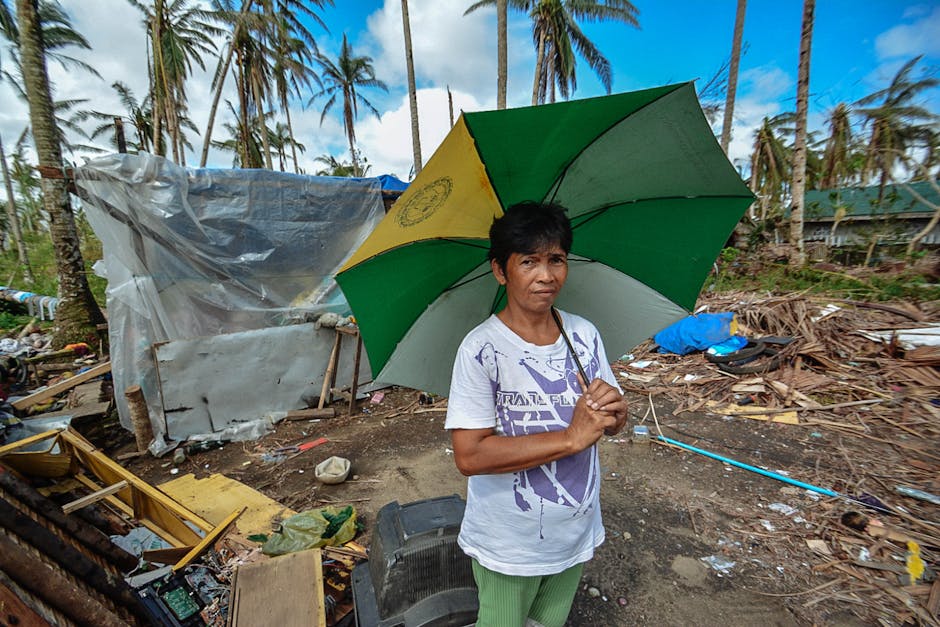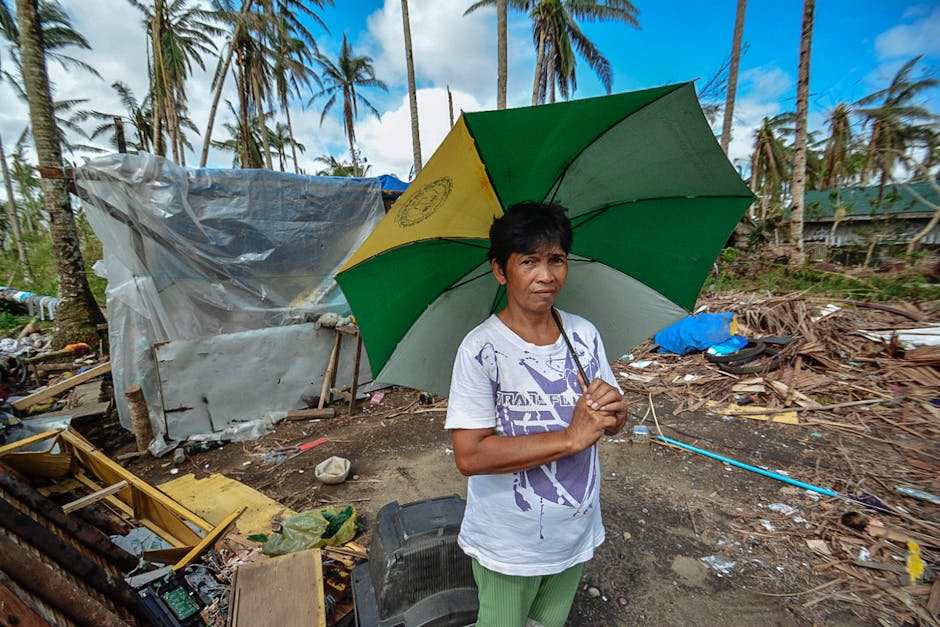FEMA Disaster Relief: A Comprehensive Guide to Navigating the Process
Understanding FEMA’s Role in Disaster Relief
The Federal Emergency Management Agency (FEMA) is a vital part of the United States government, responsible for coordinating the federal government’s response to disasters. When a disaster strikes, whether it’s a hurricane, earthquake, wildfire, or pandemic, FEMA steps in to provide crucial assistance to affected individuals, families, and communities. Their role encompasses a wide range of activities, from providing immediate emergency aid like food and shelter, to long-term recovery assistance such as grants for rebuilding homes and businesses. Understanding FEMA’s role is critical for anyone who might find themselves needing their help.
Types of Disasters FEMA Responds To
FEMA’s response isn’t limited to a specific type of disaster. Their mandate is broad, covering a wide spectrum of events that can cause significant damage and disruption. This includes:
- Natural Disasters: Hurricanes, floods, tornadoes, earthquakes, wildfires, blizzards, and winter storms are all common events triggering FEMA’s response.
- Technological Disasters: FEMA also responds to man-made disasters, such as dam failures, hazardous material spills, and nuclear accidents.
- Pandemic Response: The COVID-19 pandemic demonstrated FEMA’s role in coordinating the national response to public health emergencies, including the distribution of medical supplies and support for overwhelmed healthcare systems.
- Terrorist Attacks: While less frequent, FEMA also plays a role in responding to and recovering from terrorist attacks.
The FEMA Disaster Relief Process: A Step-by-Step Guide
Navigating the FEMA disaster relief process can be complex, but understanding the steps involved can significantly improve your chances of receiving the assistance you need. Here’s a breakdown of the typical process:
1. Declaration of a Major Disaster
The first step involves the President declaring a major disaster. This declaration triggers the release of federal funds and activates FEMA’s response capabilities. The declaration often comes after a preliminary damage assessment conducted by state and local officials.
2. Registering with FEMA
Once a major disaster is declared, affected individuals should register with FEMA as soon as possible. This can typically be done online at DisasterAssistance.gov, by phone, or in person at designated assistance centers. Registration involves providing essential personal information and details about the damage sustained.
3. FEMA Inspection
Following registration, a FEMA inspector may visit your property to assess the damage. This inspection is vital in determining the level of assistance you’re eligible for. It’s important to be present during the inspection and to provide any necessary documentation, such as insurance policies and photographs of the damage.

4. Determining Eligibility and Assistance
Based on the inspection and provided information, FEMA determines your eligibility for assistance. This may include grants for temporary housing, home repairs, and personal property replacement. The amount of assistance provided depends on factors such as the extent of the damage, your insurance coverage, and your financial situation.
5. Receiving Assistance
FEMA may provide assistance in various forms, including:

- Individual Assistance Grants: These grants can be used for temporary housing, home repairs, personal property replacement, and other essential needs.
- Loans: Low-interest loans may be available through the Small Business Administration (SBA) to cover uninsured losses.
- Crisis Counseling: FEMA provides access to mental health services for individuals experiencing emotional distress following a disaster.
- Other Services: FEMA may also provide assistance with legal services, case management, and other essential resources.
Tips for Successfully Navigating the FEMA Process
Successfully navigating the FEMA disaster relief process requires preparation and organization. Here are some valuable tips:

- Document Everything: Take photos and videos of the damage to your property. Keep all receipts related to disaster-related expenses.
- Register Promptly: Don’t delay registering with FEMA. The sooner you register, the sooner you can begin receiving assistance.
- Be Organized: Keep all your important documents in a safe and accessible place.
- Communicate Clearly: Provide accurate and complete information to FEMA inspectors and representatives.
- Understand Your Insurance Coverage: Knowing your insurance policy details will help you understand what FEMA can cover.
- Be Patient: The FEMA process can take time. Be patient and persistent in following up on your application.
- Seek Assistance: Don’t hesitate to seek help from community organizations or volunteer groups for additional support.
Beyond FEMA: Additional Resources for Disaster Relief
While FEMA plays a central role, it’s not the only source of assistance during a disaster. Other organizations and programs can provide crucial support, including:
- American Red Cross: Provides immediate emergency relief, including shelter, food, and first aid.
- Salvation Army: Offers disaster relief services, including food, shelter, and emotional and spiritual support.
- Local and State Governments: Often provide additional disaster relief programs and services.
- Community Organizations: Numerous local and national organizations provide assistance during and after disasters.
Preparing for Future Disasters
Proactive disaster preparedness is key to minimizing the impact of future events. Take steps to develop a comprehensive family emergency plan, assemble an emergency kit, and understand your community’s disaster preparedness plans.
Conclusion
FEMA disaster relief is a critical lifeline for individuals and communities affected by disasters. By understanding the process, preparing in advance, and utilizing available resources, you can significantly improve your ability to navigate the challenges and receive the assistance you need to recover and rebuild.

